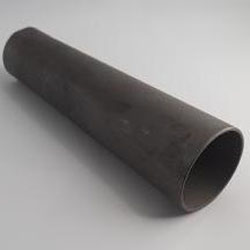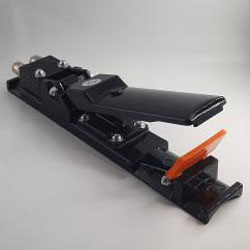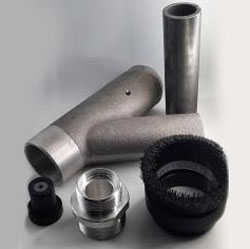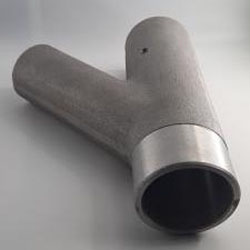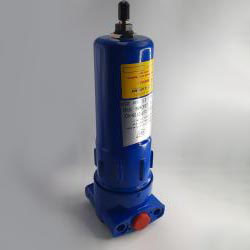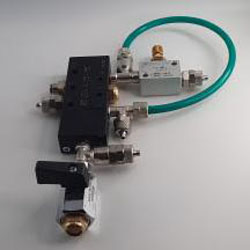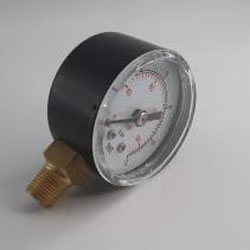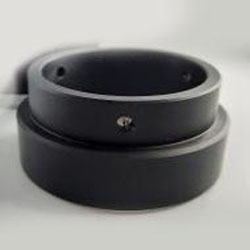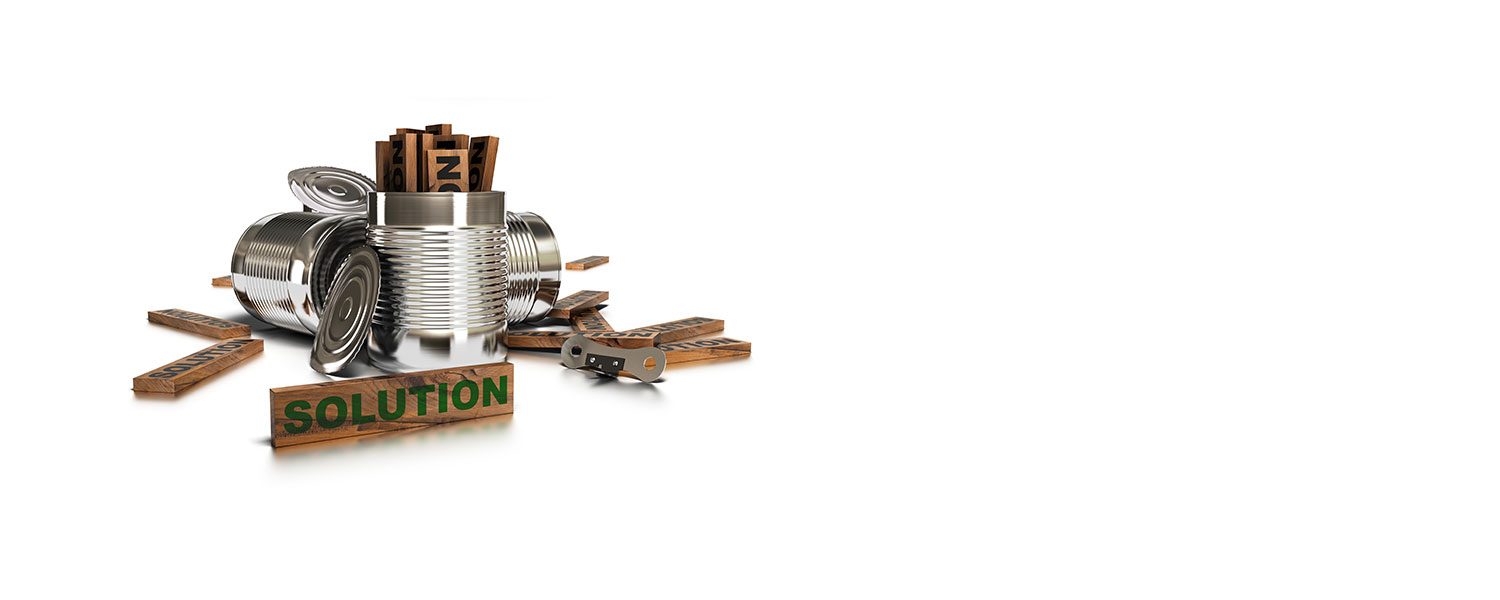Blasting machines are essential tools in many industries, used for cleaning, smoothing, and preparing surfaces using abrasives. Like any complex machinery, blasting machines require regular maintenance and the replacement of worn parts to ensure optimal performance. Spare parts for blasting machines, consumables, replacement parts, nozzles, fittings, and accessories are crucial for maintaining the efficiency and longevity of blasting machines.
The Need for Spare Parts and Consumables for Blasting Machines
The continuous use of blasting machines inevitably leads to the wear and tear of key components such as nozzles, hoses, fittings, filters, gloves, masks, and helmets. Regular replacement of these items not only ensures consistent operational efficiency but also prevents potential damage to the machine and ensures operator safety. Therefore, purchasing high-quality spare parts and consumables is essential for maintaining a safe and efficient work environment.
Blasting Machine Nozzles
Types of Nozzles
Nozzles are critical components that affect the effectiveness of the blasting process. There are several types of nozzles, each designed for specific applications:
- Tungsten Carbide Nozzles: Ideal for high-pressure blasting due to their high wear resistance.
- Boron Carbide Nozzles: Offer even greater durability compared to tungsten carbide nozzles, but are more expensive.
- Ceramic Nozzles: More economical, but with a shorter lifespan; suitable for low-pressure applications.
Nozzle Maintenance
Regular maintenance of nozzles is essential to prevent blockages and ensure a consistent abrasive flow. Cleaning nozzles after each use and replacing them when signs of significant wear appear can greatly improve the performance of the blasting machine.
Blasting Machine Fittings
Importance of Fittings
Fittings connect various components of the blasting system, ensuring an air and abrasive flow without leaks. Using high-quality fittings can prevent common issues such as air leaks and reduced blasting effectiveness.
Types of Fittings
- Quick Connectors: Allow for easy connection and disconnection of hoses.
- Brass Fittings: Resistant to corrosion, ideal for industrial applications.
- Stainless Steel Fittings: Offer maximum corrosion resistance and are suitable for high-pressure applications.
Blasting Machine Hoses
Choosing the Right Hose
Selecting the correct hose is crucial for ensuring the efficiency of the blasting process. Hoses need to be abrasion-resistant and able to withstand operational pressures.
Hose Maintenance
Regularly inspecting hoses for signs of wear or damage can prevent work interruptions. Replacing hoses when significant degradation is evident is a recommended practice.
Blasting Machine Filters
Function of Filters
Filters are essential for keeping the compressed air clean, preventing damage to the machine and improving the quality of the blasting process.
Types of Filters
- Cartridge Filters: Easy to replace and ideal for removing fine particles.
- Bag Filters: Used in larger systems, offering superior filtration capacity.
Blasting Machine Accessories
Gloves, Masks, and Helmets
Blasting machine accessories, such as gloves, masks, and helmets, are crucial for operator safety. These accessories protect against inhalation of abrasive particles and ensure safety during the blasting process.
Maintenance and Tips
Maintenance Program
Implementing a regular maintenance program for the blasting machine and its components can extend its useful life and ensure optimal performance. Regular inspections and timely replacement of worn components are key.
Operator Training
Proper training for operators on the use and maintenance of blasting machines can reduce the risk of accidents and improve operational efficiency. Knowledge of components and their functions is essential for effective maintenance.
Spare parts and consumables for blasting machines, including nozzles, fittings, and accessories, are vital for keeping blasting machines operational and safe. Regular maintenance and the use of high-quality components can significantly enhance performance and longevity. Investing in operator training and implementing a maintenance program are crucial steps to optimize the use of these essential industrial tools.




